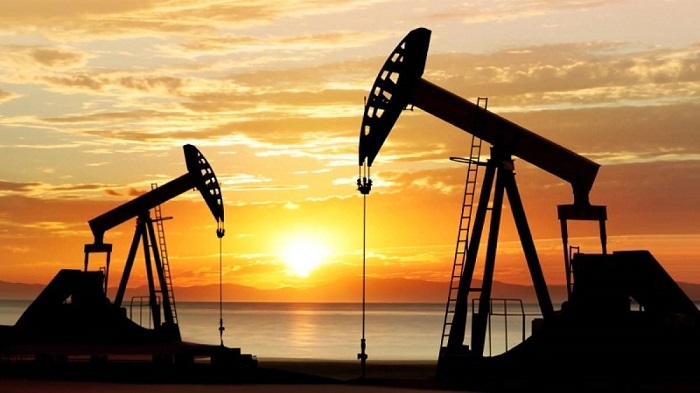An RIL official stated that to execute these complex deepwater projects, teams have been working across 34 countries and at peak more than 4,000 persons were deployed offshore and onshore.
May 23, 2021
Just four months in a year are available for construction in Bay of Bengal. Even that window got complicated with constantly changing restrictions on movement of people and material across the globe because of the pandemic. But work bubbles for over 4,000 persons at peak of the project alongside navigating restrictions to source material and people globally helped deliver two deep sea gas fields. Since 2017, Reliance Industries Ltd along with its JV Partner bp had embarked on concurrent development of three deepwater fields in the Krishna Godavari basin block, KG-D6, to monetise 3 trillion cubic feet of resources with an overall capital investment of Rs 35,000 crore.
But the outbreak of pandemic early last year disrupted global supply chains and impaired movement of personnel who are essential for executing a complex project that involved installing equipment and pipelines in water depths of almost 2 km.
An RIL official said that to execute these complex deepwater projects, teams have been working across 34 countries and at peak more than 4,000 persons were deployed offshore and onshore.
Those working on the project were organised into cohorts that interacted only with each other to minimise contact with outside people. Cohorts were organised on the principles that work bubbles should include the least number of people required to do the job and strictly separated from other bubbles in time and/or space to prevent virus transmission between groups.
Also, this involved navigating through different and constantly changing restrictions on movement of people and material across the globe, the official said adding the narrow four month in a year offshore construction and installation window on the east coast of India added to these challenges.
“Despite the unprecedented challenge, the joint venture successfully commissioned two out of the three deepwater fields: R Cluster field – India’s first ultra-deepwater gas field and Asia’s deepest offshore gas field, in December 2020 and Satellite Cluster in April this year,” he said. “These fields are currently contributing about 20 per cent of India’s domestic gas production.”
The third deepwater field – KG D6 MJ field is expected to come onstream in the last Quarter of 2022.
The official said until March 2020, all was well on course for commissioning the R Cluster field by mid-2020.
But the outbreak of the pandemic, changed it all, affecting all work sites across the globe.
There was a nationwide lockdown in the country while air travel from almost all countries stopped.
“At RIL and bp, we overcame the challenges and commissioned the field in December 2020,” the official said, adding the duo managed to commission the Satellite Cluster field a couple of months ahead of schedule.
“This was possible due to the proactive project management and ‘bubble’ operations that had been implemented prior to the R Cluster field commissioning,” he said.
RIL is on course towards reaching 30 million standard cubic meters per day of gas production by 2023 catering to 20 per cent of India’s gas demand.
This will position the company as a significant contributor to India’s gas-based economy.
Amidst all this, RIL deployed resources to set up a 10 kilolitre oxygen storage plant with a vaporizer unit on a fast track basis at Kakinada General Hospital. Kakinada is the landfall point of the gas that is piped from wells in the Bay of Bengal.
Also Read: NLC India-Coal India JV to Invest in 3000 MW Solar Power Projects.
The official said RIL is the first industry in East Godavari district to have provided the oxygen plant at a very critical time, responding to the SOS call of the government. The unit assists approximately 1,700 patients requiring oxygen support every day at the Government General Hospital. The oxygen plant can supply to about 200 patients for about 48 hrs continuously.





